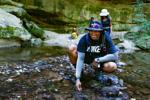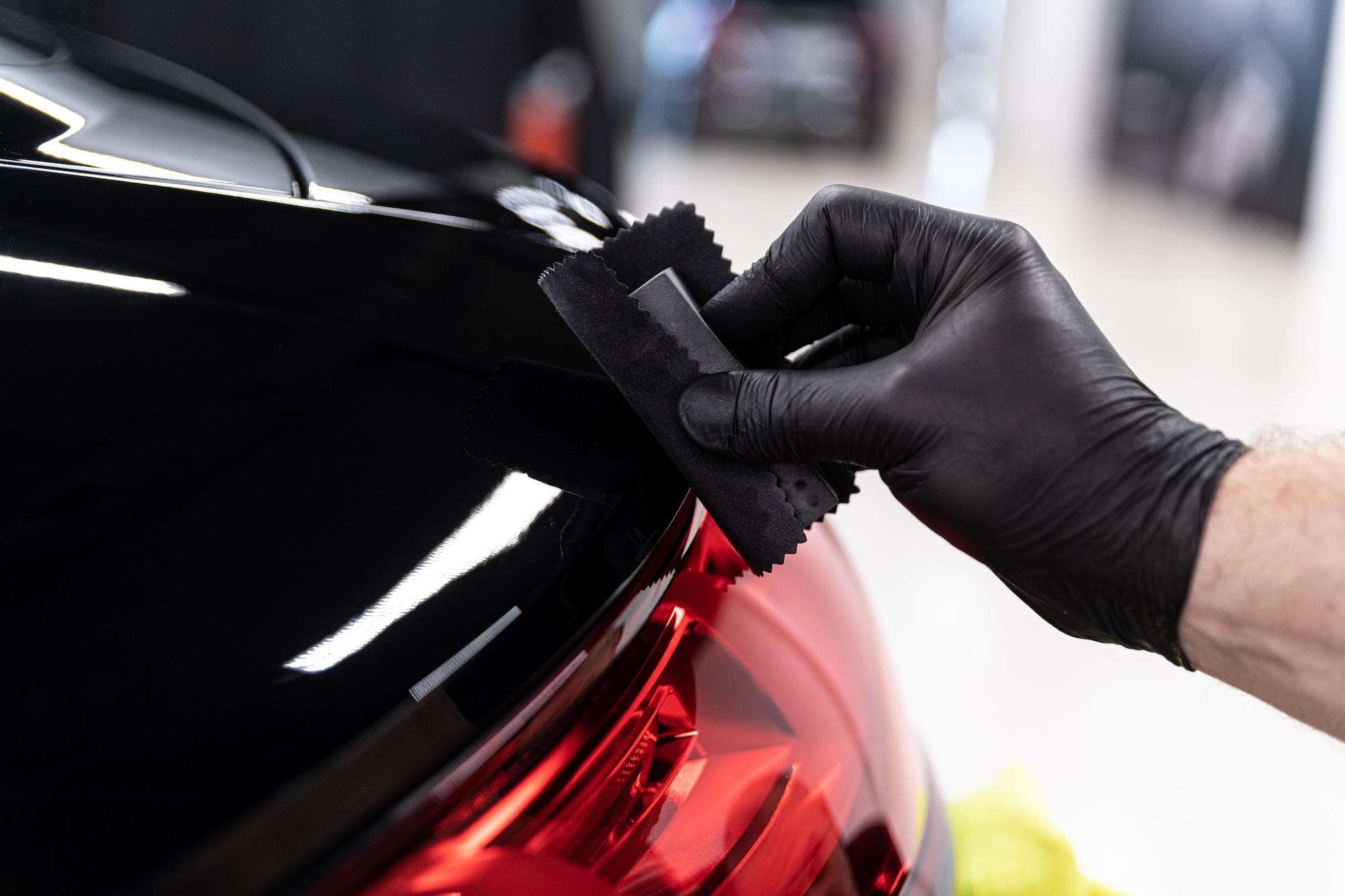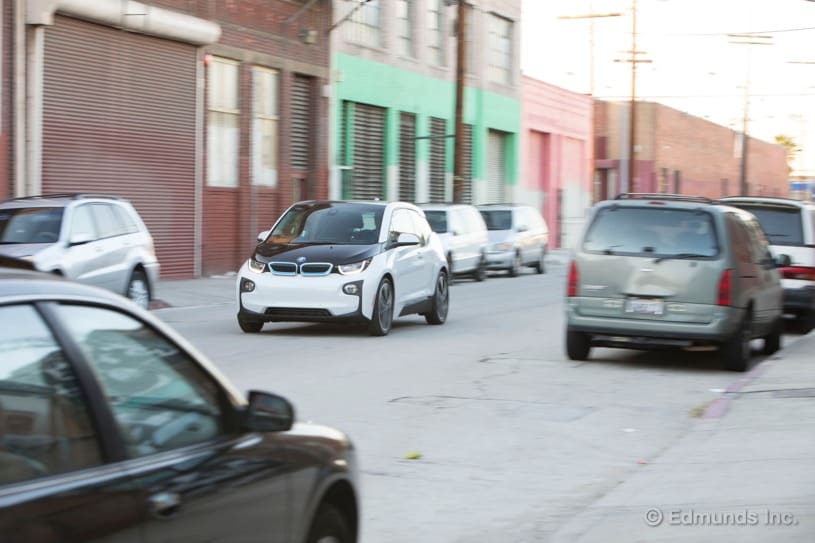Bicyclists, historians will honor 1897 trek of Black soldiers with Forest Park celebration | Lifestyles
[ad_1]
One hundred twenty-five years ago, thousands of spectators turned out in Forest Park to greet a ragtag yet triumphant group of Black U.S. Army soldiers on their specially made military bicycles.
The men had endured a muddy, dusty, sweaty and sometimes freezing journey in their 45-day trek across 1,900 miles from Montana.
“All semblance of color has left their shirts,” reported the Post-Dispatch, which caught up with them on their journey on the way into town, “their natty blue coats couldn’t be sold for dust rags in a second-hand clothing store.
“For all their woe-be-gone appearance, the men are full of life.”

These soldiers, the Buffalo Soldier Bicycle Corps of the 25th Infantry, had embarked on “The Great Experiment” by the U.S. Army to determine whether it was more effective to move across the country via bicycle than by horse.
These soldiers, the Buffalo Soldier Bicycle Corps of the 25th Infantry, had embarked on “The Great Experiment” by the U.S. Army to determine whether it was more effective to move across the country via bicycle than by horse. It’s a little-known story, and those that do know it are often part of bicycle or Black military circles.
People are also reading…
Reenactors and historians are honoring their efforts with celebrations and rides taking off from Missoula, Montana, where the corps started in a blinding rainstorm on June 14, 1897, and ending in Forest Park.
“It’s a footnote for sure,” said Mike Higgins, a retired middle school history teacher from Wyoming who has blogged extensively about the Iron Riders — a modern-day nickname for the group — and even rode the path on his bicycle in 2010. He first got interested in the story about 25 years ago, when his brother sent him a copy of a Highlights children’s magazine article about the soldiers.
“It’s so quirky, don’t you think? Most people have never heard of this. I’ve done talks all over, and that’s fun for me. There are so many ways for a person to connect to the story.”
Most events will take place in northern Missouri, at or near actual Iron Riders stops: July 17 in Big Lake State Park near the Nebraska border, July 19 at the Gen. John J. Pershing Boyhood Home State Historic site in Laclede, and July 21 at St. Jude’s Square in Monroe City.
On July 24 — exactly 125 years after the men finished their ride in Forest Park — the celebration concludes at the Missouri History Museum.
The journey took the soldiers across parts of Wyoming, South Dakota, Nebraska and northern Missouri. They turned south near Hannibal, and camped in Louisiana and St. Charles County before they rode into St. Louis.

Erick Cedeño, one of the cyclists helping celebrate the Iron Riders, leaves from Missoula, Montana, on June 14, 2022, as he bikes to St. Louis along the same route taken by the Army soldiers 125 years ago.
Erick Cedeño, known on Instagram as @bicycle_nomad, is riding the whole route as closely as he can, telling his and the soldiers’ stories along the way. Some bicycle groups here, including the Regulators, Black People Bike and Black Girls Bike, will join him from the Gateway Arch at 1 p.m., stop at the Scott Joplin State Historic Site and then to Forest Park.
“I think it’s a really positive story revolving around African American history. Traditionally, those stories weren’t told,” said Matt Lautzenheiser, the executive director at Historical Museum at Fort Missoula in Montana, which hosted its own events in June. “It helps us move forward as a country and as a nation if we can tell all of our stories, and we’re not just telling select stories.”
Why bicycles?
Why did the soldiers take this ride? Their commander, Lt. James Moss, a Louisiana, Missouri, native who had recently graduated from West Point, was charged with finding out whether bicycles would be a more effective way of moving troops around in wartime. Unlike horses, bicycles didn’t get sick, need to rest, or have to be fed or watered.
The 20 Black soldiers of the 25th Infantry were also nicknamed Buffalo Soldiers, who, according to lore, were named by Native Americans for their dark, curly hair or for their fighting style.

For 41 days in June and July 1897, members of the 25th Infantry Bicycle Corps rode from Missoula, Montana across five states to St. Louis to test the effectiveness of the bicycle in the military.
The group was also accompanied by Army surgeon Dr. James Kennedy, and Eddie Boos, a 19-year-old reporter for the Missoulian, who detailed their journey in dispatches that ran in newspapers nationwide.
The bicycles themselves were made and donated by the Spalding Co., which makes other sporting goods today. They weighed 32 pounds, about 60 pounds total when packed with gear, some strapped to the handlebars or in diamond-shaped cases made to fit the steel bicycle frames. They had rubber tires with tubes, like a modern bicycle.
Most soldiers knew how to ride well, and some had gone on practice rides the summer before — one group had done a 25-day journey to Yellowstone and back.

Lt. James Moss’ Map showing the Route the 25th Infantry Bicycle Corps took from Missoula, Mont. to St. Louis. (Mike Higgins/National Archives)
They carried a two-day supply of food, meaning they would have to pick up rations that had been delivered in advance. Sometimes they hunted for rabbits or bought eggs from farmers; sometimes they went without much of anything.
Sometimes, the group’s designated mechanic had to stay behind to repair bikes and then catch up with the group after he finished.
They walked their bikes through thick “gumbo” mud, as they called it, over mountains and sandhills, fording streams and rivers. Some days they had to wrap their heads in mosquito netting. Some got sick from drinking bad water.
“We endured every possible condition of warfare, but being shot at,” Moss told the Post-Dispatch.
Bobby McDonald of Anaheim, California, is a main organizer of the commemorative events. His father and four uncles were Buffalo Soldiers during World War II. He himself is a Navy veteran of Vietnam. He has a replica Iron Riders uniform and bicycle and will come to St. Louis for the events next week.
He rode about 5 miles of the ride in Missoula in June with about 40 others, including Lautzenheiser and chuckled to himself when the rain stopped about 10 minutes before they took off.
“There were no roads,” back then, he said. “It rained, it snowed, it sleeted — all that stuff on them. Sometimes when they rode on railroad tracks, there was no bottom, or rocks or gravel to take the absorption.”

Bobby McDonald, right, leads a group of cyclists on the trip from Fort Missoula to downtown Missoula, Montana on June 14, 2022.
McDonald thought about the soldiers as he rode on the paved path.
“I’m feeling it. I’m in the moment, and I’m going ‘wow, it does your heart good to know these guys did this.’”
In Missouri, the soldiers encountered the worst roads of their trip, and they also encountered more hostility and racism. Some locals wouldn’t give good directions or let them camp on their land. They even got pushback from local reporters.
“The negros (sic) seemed to think the bike the proper thing for such trips, but you could hardly convince a white man of this fact,” reported the Bowling Green Times.
Their last day of the journey started at camp somewhere near St. Peters.
“Rolling our wheels in the broiling sun, through the muddy river bottom and then a mile or two on a rough railroad track, we finally struck the Rock Road,” wrote Moss. “About 4:30 we got our first view of St. Louis, and an hour later, entered the city — and thus it came to pass that the Twenty-fifth United States Infantry Bicycle Corps made the greatest march known of in military history.”
A crowd of cyclists met up with them just outside of town, and a squad of mounted police officers met them at Union Avenue to escort them into the park. Another crowd gave them three cheers as they welcomed them at the Cottage hotel and restaurant, now the site of the World’s Fair Pavilion.
The men enjoyed a celebratory dinner of beefsteak, tomatoes, buttered bread, milk and coffee. They were in good spirits and health, and measurements showed most had gained weight and muscle mass.
To this day, Lautzenheiser, who runs marathons, marvels at their physical feat. “I think about the physical toll that riding 40 to 50 miles a day for 40 days straight would be. It’s the equivalent of a modern-day endurance athlete.”

Part of the exhibit on the 25th Infantry Bicycle Corps at the Historical Museum at Fort Missoula in Montana. The U.S. Army division was based at the fort.
The corps camped in the shade and drilled for the crowds before moving on to Jefferson Barracks. They stayed there until early August, and Moss hoped the Army would let them bike back to Missoula. Instead, they were told to take the train.
Victoria Cosner of Missouri State Parks says nobody can find records of where the soldiers stayed in Jefferson Barracks. They’re unsure exactly where they stayed in towns across Missouri.
“Missouri has this forgotten history,” she said. She hopes more publicity about it will unearth more information about their stays here, and they plan a wayside exhibit at Locust Creek Covered Bridge near Laclede, which the riders crossed. “Somewhere, someone has a picture.”
The soldiers’ legacy
While the “great experiment” wasn’t a failure, the Army never did adopt bicycles as a major means of transportation. The Spanish American War broke out the next year, and the Army turned toward advances in motorized vehicle technology.
No original bicycle or parts exist, nor do firsthand accounts of the journey from the soldiers. Historians continue to piece the story together.

For 41 days in June and July 1897, members of the 25th Infantry Bicycle Corps rode from Missoula, Montana across five states to St. Louis to test the effectiveness of the bicycle in the military. The 20 black soldiers and their officers then camped in Forest Park at the end of their ride. Missouri State Parks and Forest Park are hosting events to honor the 125th anniversary of their ride in July 2022. These historic photos are from the University of Montana’s Mansfield Library.
Higgins, the retired history teacher from Wyoming, is working to find the gravesites of the soldiers — he worked to get a grave marker for one, buried in the Chicago area, and is working to get a marker for a second soldier buried there.
Higgins loves that even though the Army didn’t adopt bicycles, the soldiers gave the mission their best shot.
“It was just this wild, quirky attempt. I just think it’s wonderful that people tried things. I think that’s so American — we’re just going to try something. I just think that’s a great way to live life.”


[ad_2]
Source link








